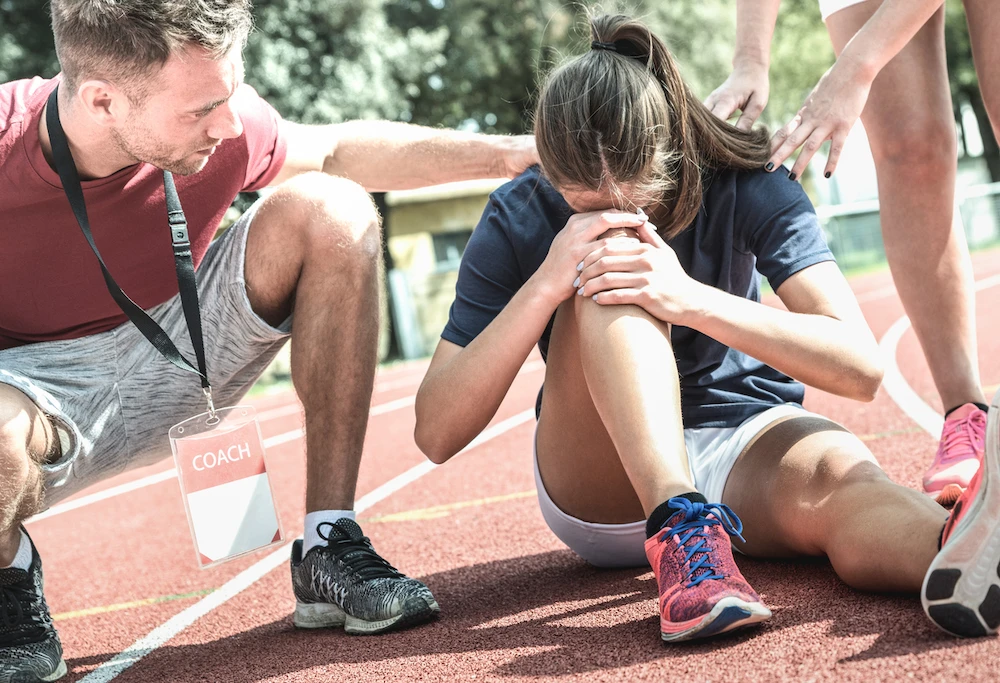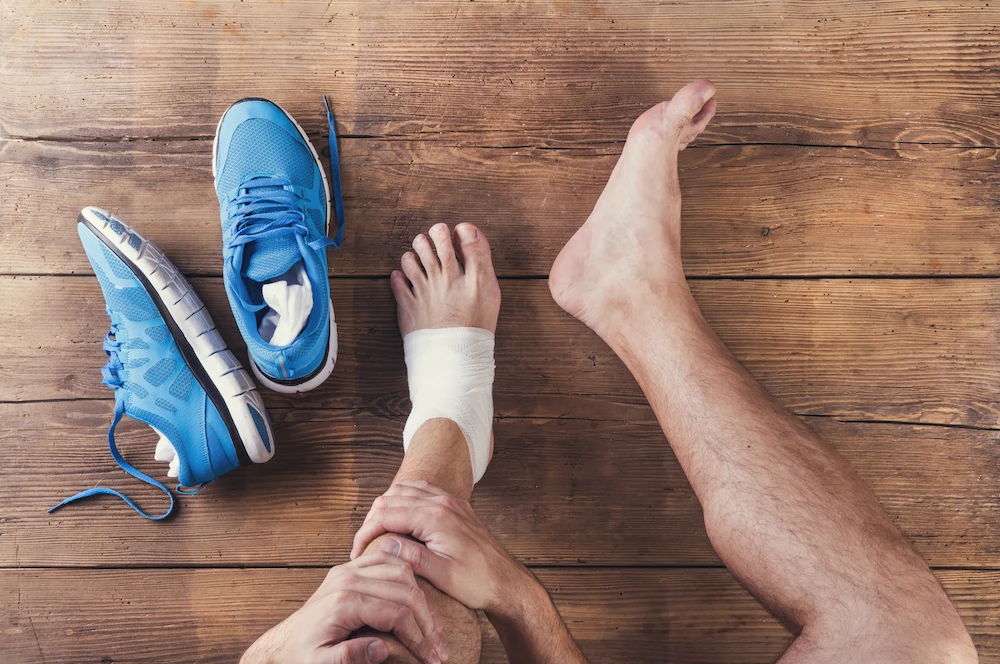What is Oestradiol & why is it important for athletes?
1 min read
Published on
May 22, 2025
Written by
EDGE
Share this article
What Is Oestradiol?
Oestradiol is the primary form of oestrogen in premenopausal women and plays a vital role in regulating the menstrual cycle, bone health, and metabolism. For female athletes, it’s a key indicator of hormonal balance and long-term performance health.
In men, oestradiol is produced in smaller amounts, primarily through the conversion of testosterone. It contributes to bone health, cardiovascular function, and mood regulation — all important for performance and recovery.
Low oestradiol in women is commonly linked to irregular periods, energy deficiency, reduced bone density, and impaired recovery, particularly in endurance or high-volume training environments. In men, imbalances can affect libido, bone strength, and overall wellbeing, making regular monitoring useful for athletes pushing their physical limits.

"Oestradiol plays a crucial role in menstrual health, bone density, and recovery. Low levels can occur in female athletes due to RED-S or overtraining. I recommend testing during the early follicular phase of your cycle, or if you’re experiencing irregular periods, fatigue or low mood. Pair with LH, FSH and progesterone for a full hormonal review."
Oestradiol and Athletic Performance
-
Menstrual Health
Oestradiol fluctuates throughout the menstrual cycle and is essential for ovulation. Low levels may signal cycle disruption, which often results from under-fuelling or excessive training.
-
Bone Density
Oestradiol helps regulate bone turnover. Chronically low levels increase the risk of stress fractures and long-term bone loss.
-
Muscle Repair & Recovery
Oestrogen has anti-inflammatory properties that aid muscle recovery. Suppressed oestradiol can slow down post-exercise repair and impair adaptation.
-
Energy Regulation & Mood
Oestradiol supports glucose metabolism and influences mood, motivation, and mental sharpness.
What are normal oestradiol levels for athletes?
We looked at blood test data from EDGE customers and found the median oestradiol levels for women are 152 pmol/L and 100 pmol/L for men.
Oestradiol levels in women fluctuate across the menstrual cycle. Levels are lowest during menstruation, rise through the follicular phase, peak just before ovulation, then drop and rise again slightly in the luteal phase before falling at the end of the cycle.
For athletes, irregular oestradiol patterns may indicate hormonal disruption, often linked to low energy availability or overtraining. The timing of the test matters, as levels vary significantly throughout the cycle.
Here is a breakdown of oestradiol levels by age:
| Table 1: Oestradiol Levels in Men and Women by Age Group (pmol/L) | ||
| Age Group | Female | Male |
| 18-29 | 141 | 88 |
| 30-39 | 133 | 103 |
| 40-49 | 192 | 96 |
| 50-59 | 216 | 137 |
| 60+ | 89 | 111 |
Source: EDGE customer blood test results Apr 2023 – March 2025.
The labs we used to analyse blood samples state a healthy range for oestradiol is generally between 45.4 – 854 pmol/L for women and 41 – 159 pmol/L for men.
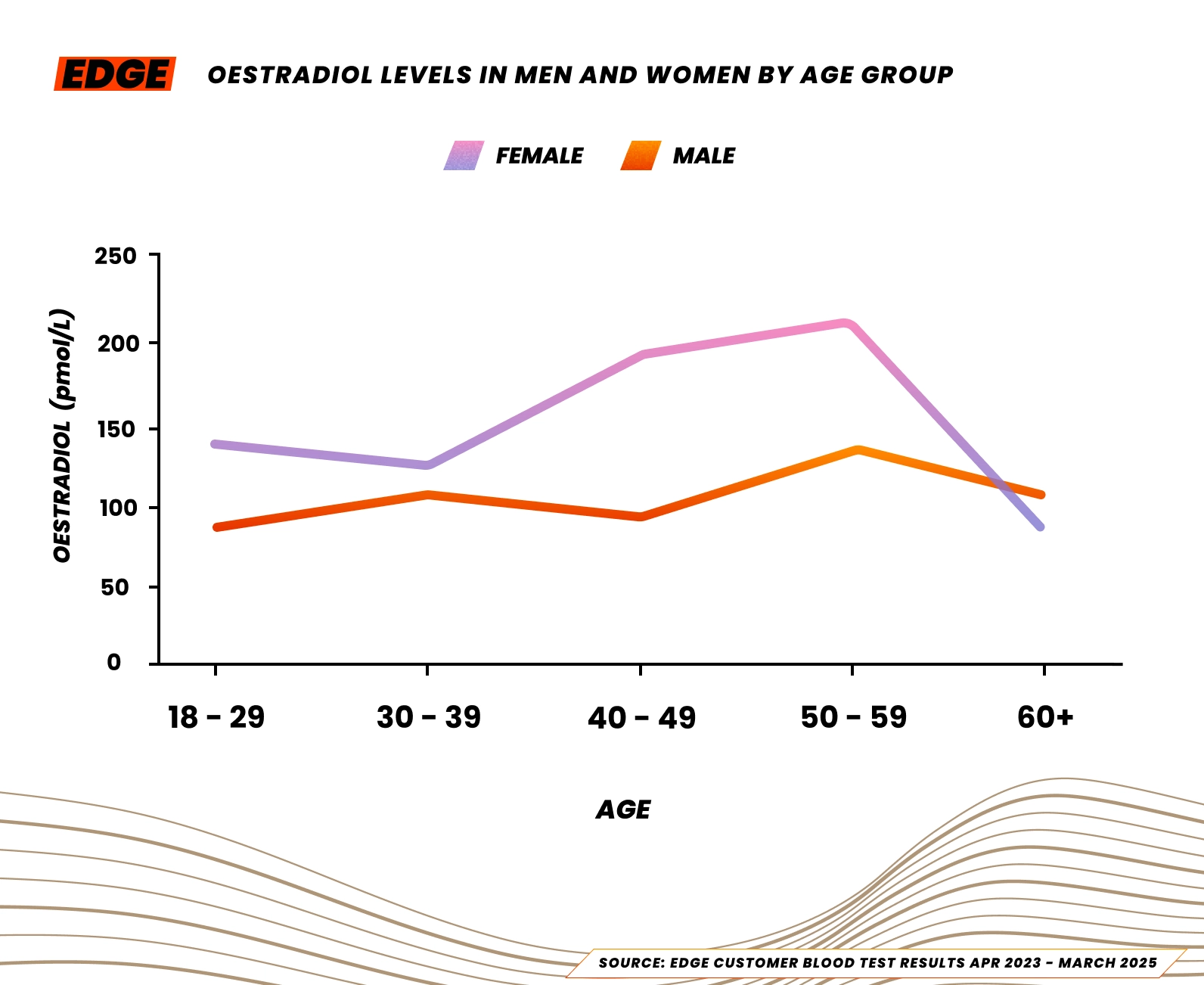
Who’s at Risk of Low Oestradiol?
-
Female athletes with low body fat or restrictive diets
-
Those training at high volume or intensity without adequate fuelling
-
Women with irregular or missing periods (amenorrhoea)
-
Individuals recovering from disordered eating or RED-S
-
Those recently coming off hormonal contraception
-
Male athletes with low testosterone (as oestradiol is converted from testosterone)
-
Men with chronic stress, overtraining, or low energy availability
-
Individuals with a history of endocrine or metabolic health issues
Symptoms of Low Oestradiol
-
Missed or irregular periods (in women)
-
Poor recovery and frequent injuries
-
Low energy, persistent fatigue, or reduced training capacity
-
Mood changes, brain fog, or irritability
-
Stress fractures or reduced bone density
-
Low libido or changes in sexual function (in men)
-
Decreased motivation or emotional resilience
-
Difficulty building or maintaining muscle mass
These symptoms are often dismissed as “part of training”, but often point to hormonal imbalance.
Why Test Oestradiol?
-
To detect signs of RED-S or low energy availability
-
To investigate menstrual irregularities
-
As part of bone health screening or fertility assessment
-
To monitor hormone recovery after coming off contraception
-
For a complete hormonal profile alongside FSH and LH
How to Support Healthy Oestradiol Levels
-
Ensure your energy intake matches your training load
-
Avoid excessive weight loss or low body fat targets
-
Prioritise sleep and stress management
-
Train with proper periodisation to allow for recovery
-
Seek support early if periods become irregular or stop
In Summary
-
Oestradiol is essential for menstrual function, bone health, and energy regulation
-
Low levels can signal RED-S and increase the risk of injury and long-term health issues
-
Monitoring is key for any female athlete experiencing cycle disruption or recovery issues
-
Works best when tested alongside FSH and LH for a complete picture
Check Your Oestradiol Levels
Check and monitor your oestradiol levels from home with our sports blood tests.
Get 10% off your first order
Want regular tips on how to make the most of your results? Join our newsletter and we'll give you 10% off your order!
Get the knowledge
Get expert advice to help you improve your results.
Go to our knowledge center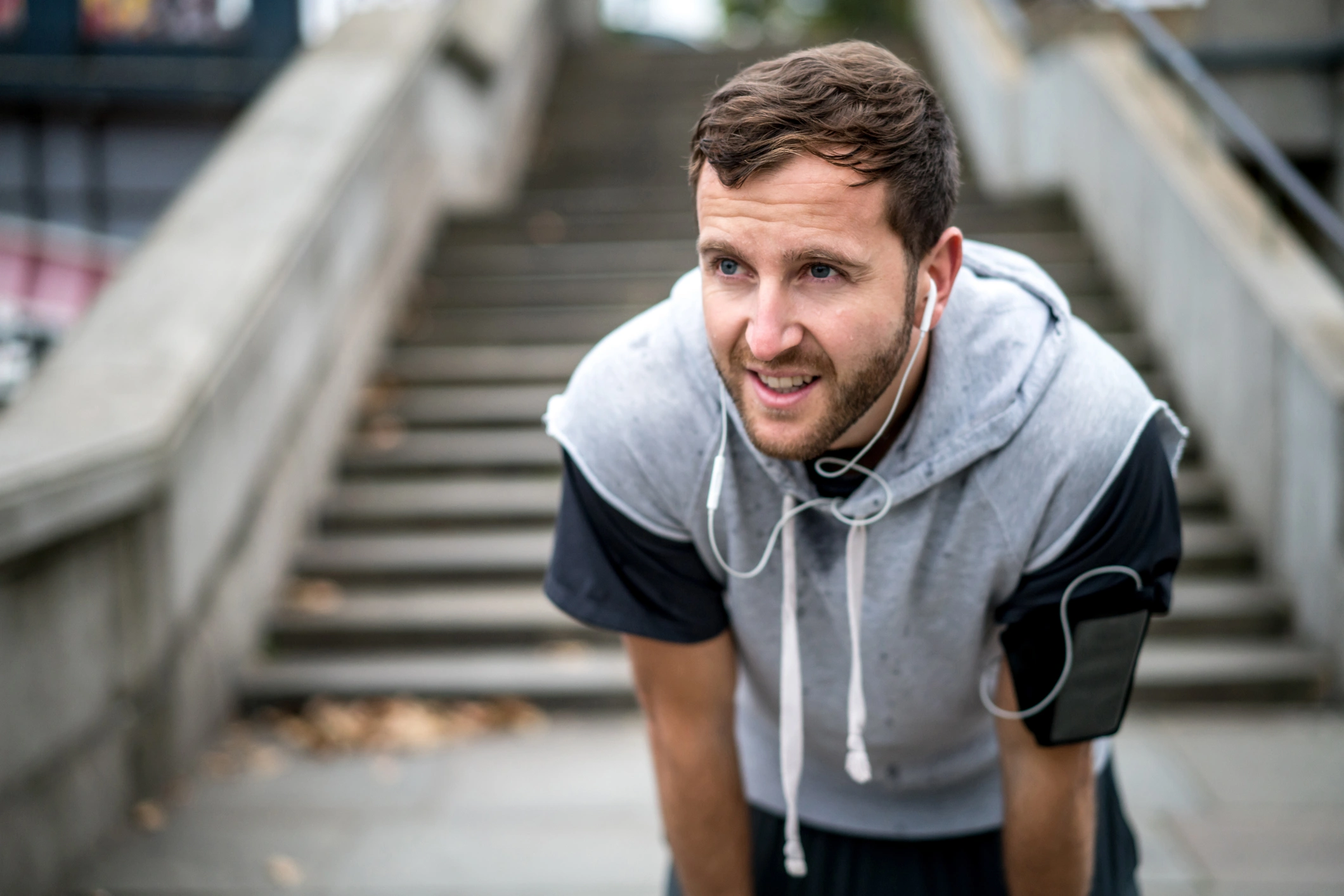
Fat Burning: The Cold, Hard Truth
Nutrition
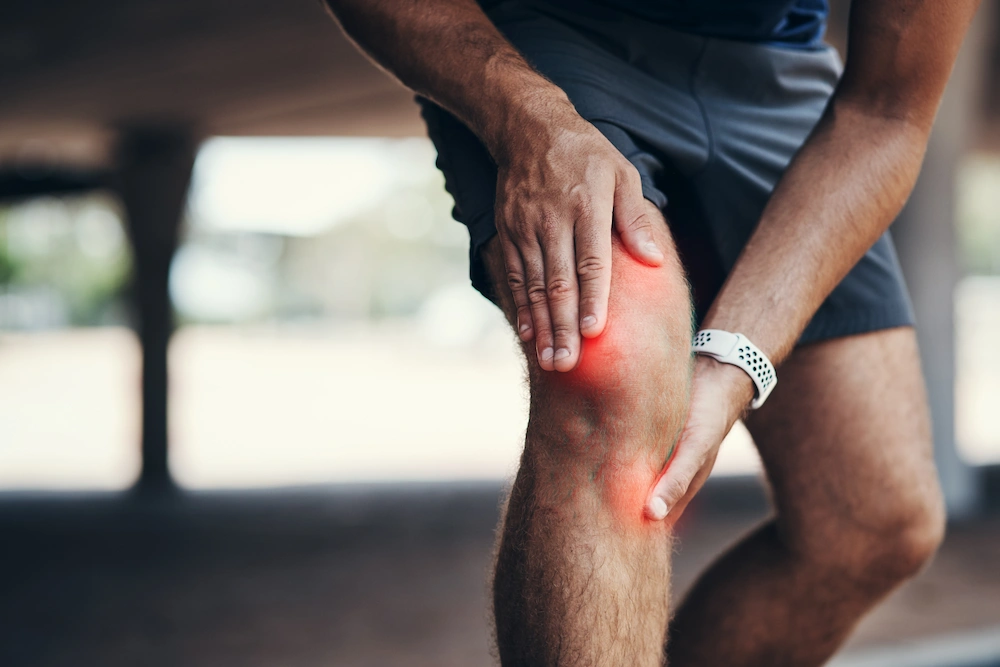
What is Runner's knee?
Running
